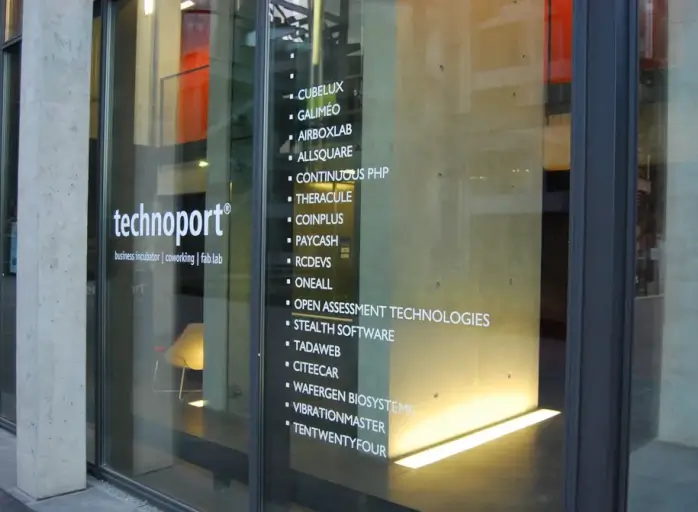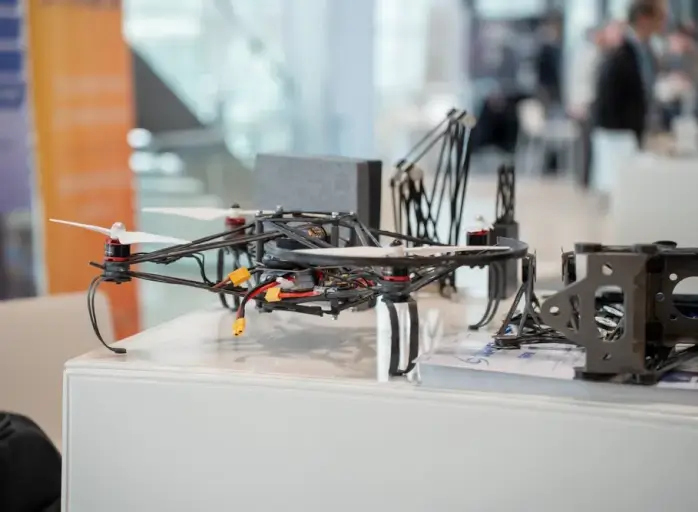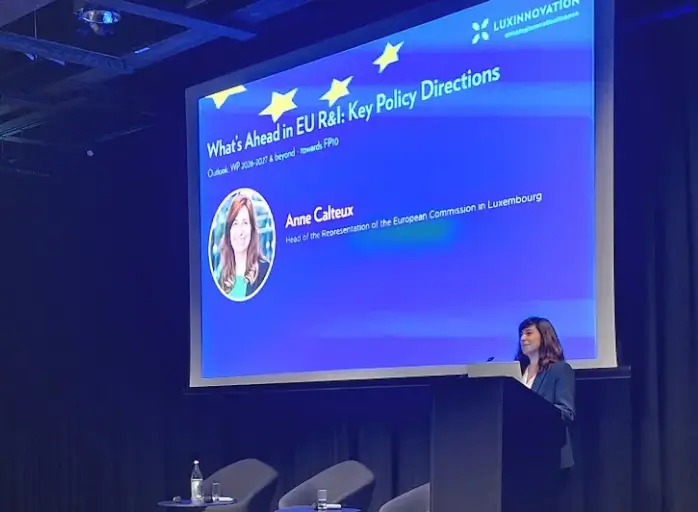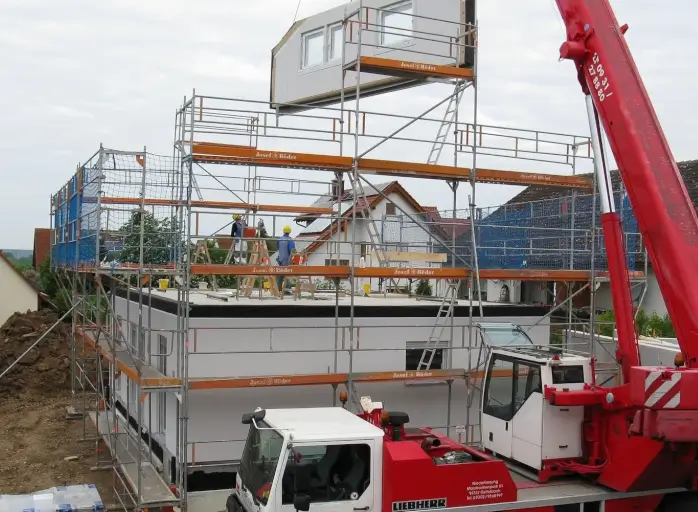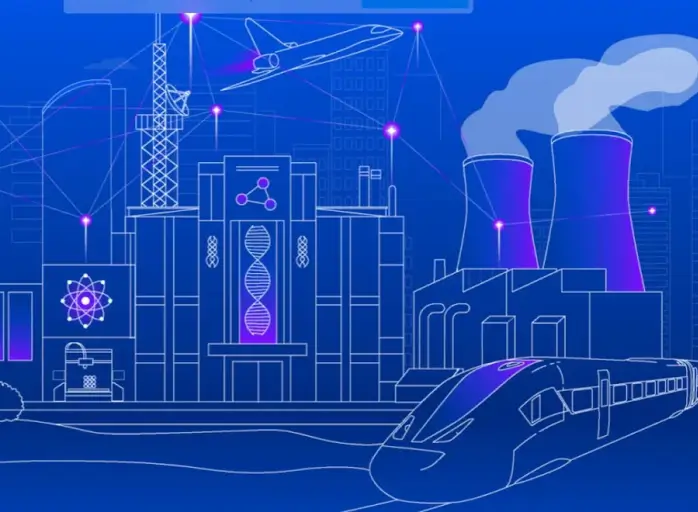

Anthony Auert: "Optimising synergies”
The manager of the Luxembourg AutoMobility Cluster has seen that innovative companies have been able to reinvent themselves and diversify into new markets. Alliances are being sought to increase the efficiency.
 Jean-Michel Gaudron
Jean-Michel Gaudron
Anthony Auert, what do you remember about the year 2021 that has just ended?
 “Unsurprisingly, the past year has been a complicated one for the automotive sector. Sales of new cars are at their lowest due to two main factors: the shortage of certain components, particularly semiconductors, on the one hand, and the lack of customer confidence linked to the crisis and the technological shift caused by electrification, on the other.
“Unsurprisingly, the past year has been a complicated one for the automotive sector. Sales of new cars are at their lowest due to two main factors: the shortage of certain components, particularly semiconductors, on the one hand, and the lack of customer confidence linked to the crisis and the technological shift caused by electrification, on the other.
Nevertheless, the current crisis has allowed – and is allowing – innovative companies to reinvent themselves and diversify into new markets.
Finally, 2021 has seen a strong increase in the electrification of the car fleet, which is a good thing in terms of reducing polluting emissions.”
What are the major challenges facing your sector in 2022?
“I see three main challenges. Firstly, it will be a question of making up for the lack of components to ensure a return to normal production volumes. Secondly, we need to continue the technological developments that will enable us to achieve the climate objectives imposed by Europe. And finally, the industry has to face the commercial deficit by sealing new alliances in order to optimise synergies and reduce costs.”
What are the main projects that the Luxembourg AutoMobility Cluster is working on?
“The decarbonisation of transport via new energy sources such as hydrogen is one of our key topics. Hydrogen makes it possible to store energy and release it with a significant reduction of the carbon footprint. This subject is part of the ‘Luxembourg Hydrogen Strategy‘, presented last September, which proposes a number of measures to lead the country along this path to decarbonisation.
Another focus is the automation and digitalisation of public transport. We are closely following developments in this area, particularly in the context of the cross-border 5GCroCo project in which Luxembourg partners are active.
The principles of the circular economy also concern the automotive sector. We are following initiatives aimed at promoting the use of second-hand parts with high added value, for example.
Finally, as in previous years, we are going to work on strengthening cross-sectoral collaborations, particularly in terms of technology transfer, thus supporting the indispensable diversification of the sector.”


